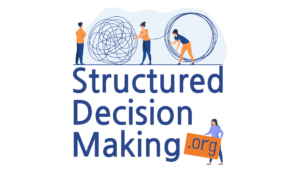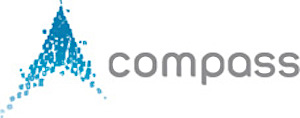Brainstorming Alternatives
The approach should be iterative. It’s a mutual learning process. The basic approach involves:
- Get the right people – Bring together people of all disciplines/backgrounds
- Start with individual objectives – For each objective, ask how could it be best supported or achieved? What alternatives look desirable from the perspective of that objective alone?
- Then look for win-wins – -Logical combinations that meet multiple objectives at once
- Identify the “givens” – These are the things you’re going to do no matter what – no-regrets, slam-dunks, policy directives…etc.
- Examine and welcome trade-offs – There will be trade-offs: expose them by creating and evaluating alternatives that support different objectives to different degrees
- Refine the alternatives – the process is iterative. Don’t expect to have the best alternatives in the first round. By evaluating the first set, you’ll learn and start to develop better ones.
When you’re brainstorming alternatives, the emphasis is on creativity and comprehensiveness. Some tips include:
- Ask “how”… how can we achieve the objectives we’ve set?
- List alternatives first, evaluate them later. Critiquing them as they are offered hinders creativity.
- Consider writing down ideas individually first, then reading them out to the group. This helps to avoid group-think and improves creativity.
- Challenge constraints. Some are real but some are only assumed. Try out alternatives that assume the constraint is not there. If the alternative looks great, start questioning the assumed constraint.
- For example, sometimes it’s useful to isolate an objective as a means of removing implicit assumptions about what will be economically or politically feasible … i.e., “if you were considering only the objective of x, what alternatives might you consider?”
- Ask yourself what others would think. If you presented this alternative to others, what concerns might they have? What alternatives can you think of to address these concerns?
Remember that there are different kinds of alternatives:
- Process alternatives – rather than prescribing an outcome, prescribe the process and people for deciding the outcome
- Information gathering alternatives – if uncertainty is an issue, buying time to gather more information may be a good alternative
Screening
Sometimes it is useful to screen individual actions on the basis of some criterion. For example, if there is a suite of possible actions all of which deliver exactly the same sort of benefit, it may be helpful to screen them on the basis of cost. Emission reduction measures, for example, all delivering some incremental reduction in tonnes of say particulate emission (or for water management, say, TSS), could be screened on the basis of a pre-defined cost per tonne ceiling.
Use caution in screening however. The danger is in prematurely screening out candidate actions that seem unacceptable at first glance. In fact, once combined in a logical strategy, these actions might be completely viable. For example, strategies that involve slightly more risk in managing an endangered species might be unacceptable at first glance, but acceptable if complemented with more intensive monitoring; actions involving greater cost might be acceptable if complemented with appropriate cost-recovery mechanisms.
Some common screens include:
- technical feasibility
- uncertainty
- total cost
- cost-effectiveness
- minimum performance standard
- public acceptability
Be particularly wary of screening on the basis of public acceptability. Often, this is based on someone’s presumption about what stakeholders will want. Remember that stakeholders’ views change as they learn about the alternatives and the values at stake.
Key Ideas
- Be creative and comprehensive when brainstorming alternatives
- There are two types: process alternatives and information gathering alternatives
- Take care not to screen out alternatives that seem unacceptable at first glance!

